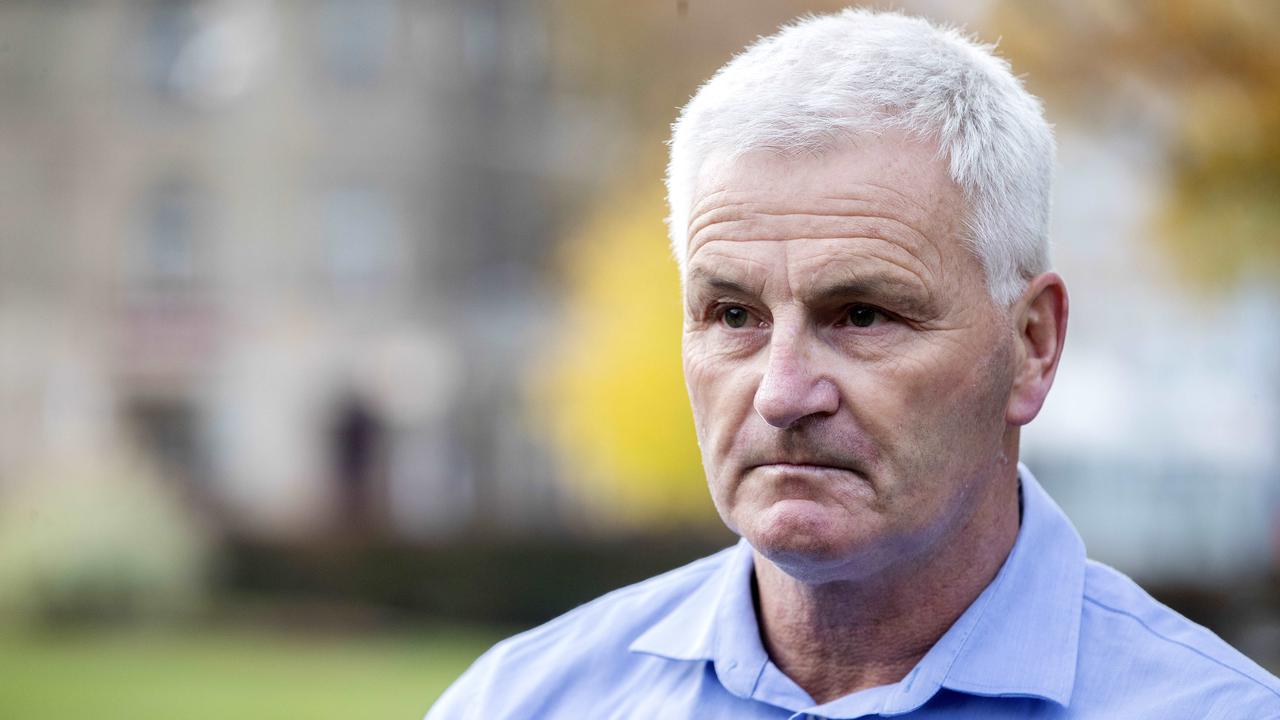Public Health Emergency declared in Tasmania
UPDATED: A Public Health Emergency has been declared in Tasmania to give the state’s top medical official the power to “take any action that is required to manage the threat of COVID-19”.
A PUBLIC Health Emergency has been declared in Tasmania to give the state’s top medical official sufficient powers to control the threat of the coronavirus pandemic.
Acting Director of Public Health Scott McKeown said stronger powers were needed to ensure the implementation of evidence-based public health measures in Tasmania.
“These emergency powers are broad, and include the ability to issue directions to people such that they are required to quarantine or isolate, to ban people from entering particular areas, to require people to be removed from particular areas, and to take any action that is required to manage the threat of COVID-19 to public health in Tasmania,” he said.
Tasmanians can continue to go to school and work if well, Dr McKeown said.
Meanwhile, Health Minister Sarah Courtney on Tuesday approved the practical completion of the $689 million K-Block project following months of delays.
“We do know that there are potentially quite significant demands on our health system going ahead with regards to COVID-19, so we are taking every step possible to ensure we have maximum capacity within our health system,” she said.
MORE NEWS:
- QANTAS CUTS INTERNATIONAL FLIGHTS BY 90 PER CENT
- UNI AND SCHOOLS TRANSITION TO OFF CAMPUS CLASSES
- RSL BOSS STANDS BY DECISION TO CANCEL SERVICES
Issues such as water quality and noise prevented the government from taking possession of the ward sooner, and the issues have still not been fully resolved.
“Significant work has been undertaken over the preceding weeks and months, additional documentation has been provided by the contractor, and the project team has determined that the outstanding water and noise issues that there are can be addressed during operational commissioning,” Ms Courtney said.
“The plan has been for this to be staged over a three-month program. What we are doing now is working with the THS [and] our health professionals to work out mechanisms to be able to expedite that, but also how to prioritise and re-prioritise the areas.
“We’re hoping to be able to see patients and staff in there as soon as possible.”
AMA Tasmania president John Burgess welcomed both decisions, saying they were pleased with the level of preparedness the state was reaching.
He said it was marvellous to know K-Block was available to be used if needed.
“That’s a situation that I’m sure any other country, or any other state in Australia, would consider the most fortunate to have,” he said.


